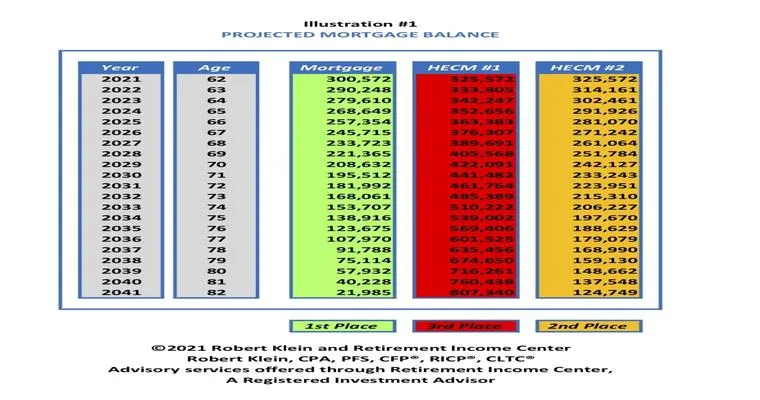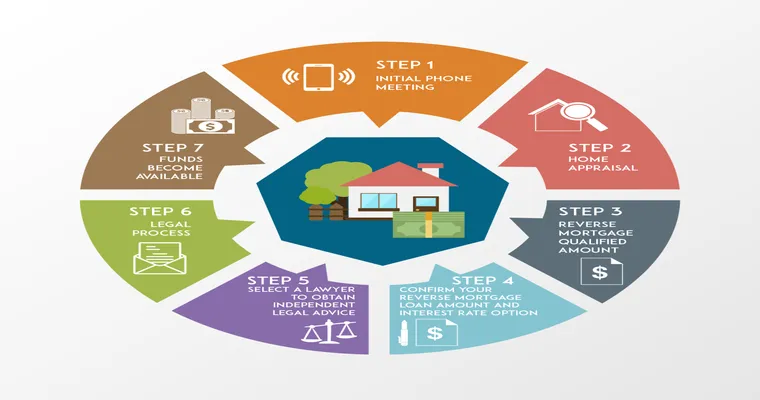As homeowners reach retirement age, many seek ways to "age in place" comfortably and securely. One viable financial option is a "reverse mortgage loan". This type of loan allows older homeowners to convert a portion of their home equity into cash, enabling them to maintain their homes, cover living expenses, and enhance their quality of life. Understanding how a reverse mortgage works and its benefits can help retirees make informed decisions about their housing and financial futures.
A "reverse mortgage" is specifically designed for seniors aged 62 and older, allowing them to borrow against their home equity without the need to make monthly mortgage payments. Instead, the loan is repaid when the homeowner sells the home, moves out, or passes away. This unique structure can provide essential funds for home renovations, in-home care, or everyday expenses, making it an attractive option for those wanting to stay in their own homes as they age.
One of the primary benefits of using a reverse mortgage loan to "age in place" is the financial flexibility it offers. Homeowners can choose to receive the funds as a lump sum, monthly payments, or a line of credit, depending on their needs. This flexibility allows seniors to allocate resources directly towards enhancing their living environment, ensuring it remains safe and accessible. For example, funds can be used for modifications like installing grab bars, widening doorways, or adding ramps, which can help prevent falls and facilitate mobility.
Additionally, a reverse mortgage does not require monthly repayments, which can alleviate financial strain during retirement. Many seniors live on a fixed income, and the ability to access cash without the burden of monthly payments can greatly enhance their financial stability. This means retirees can allocate funds towards healthcare, leisure activities, or other necessities, improving their overall quality of life.
While the benefits of a reverse mortgage loan are significant, it is essential to consider the potential drawbacks. Borrowers must remain current on property taxes, insurance, and maintenance costs to avoid defaulting on the loan. Furthermore, the amount borrowed is added to the mortgage balance, which can reduce the inheritance left to heirs. Therefore, it is crucial for seniors and their families to discuss these factors and understand the long-term implications of a reverse mortgage.
In conclusion, using a "reverse mortgage loan" can be a practical solution for seniors looking to "age in place". By providing access to home equity, these loans can help finance necessary modifications, cover living expenses, and offer peace of mind during retirement. However, it is essential to weigh the pros and cons carefully and seek advice from financial professionals to ensure that this option aligns with individual circumstances and long-term goals. With the right approach, a reverse mortgage can be a valuable tool in maintaining independence and comfort in one's own home as they age.





